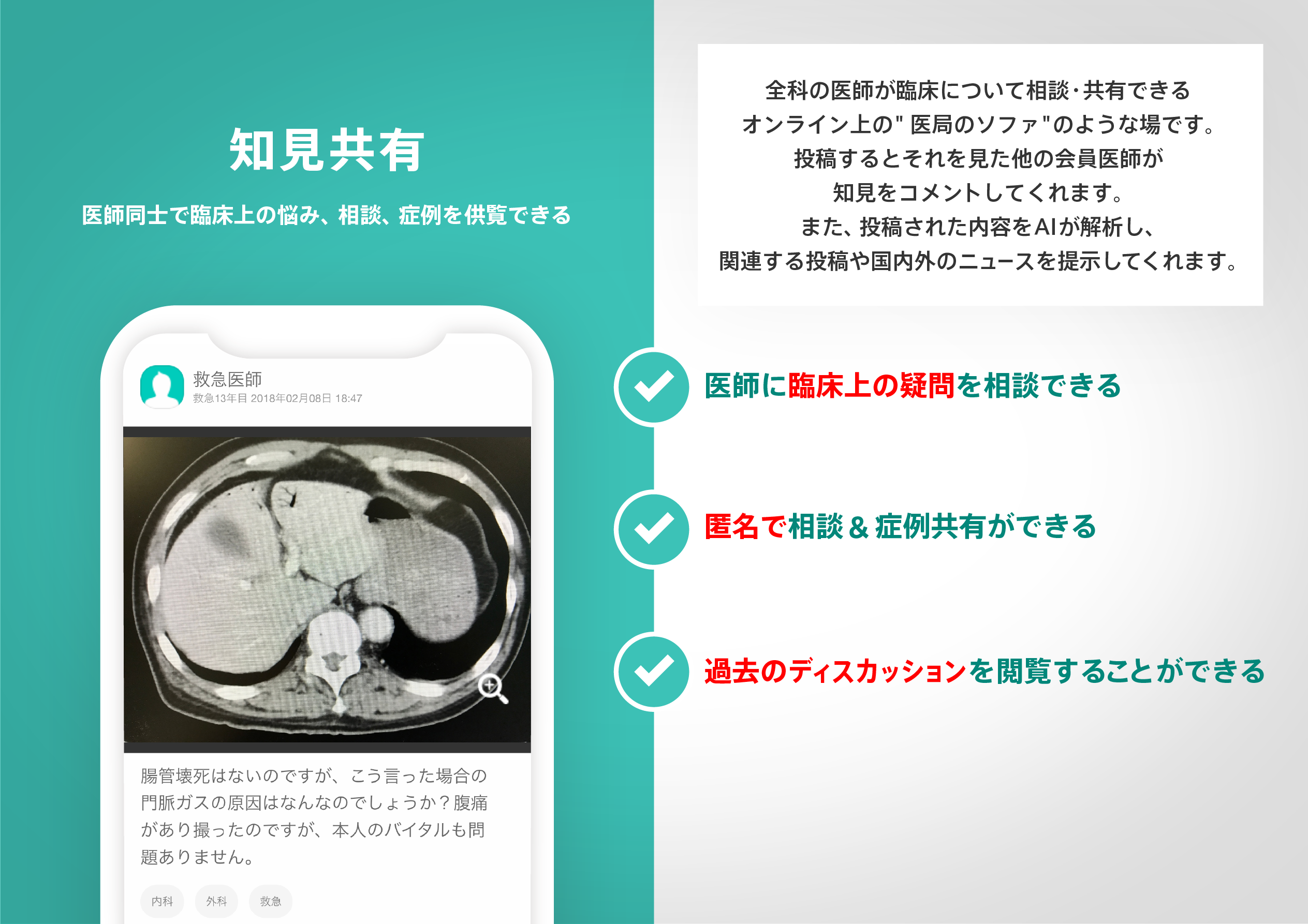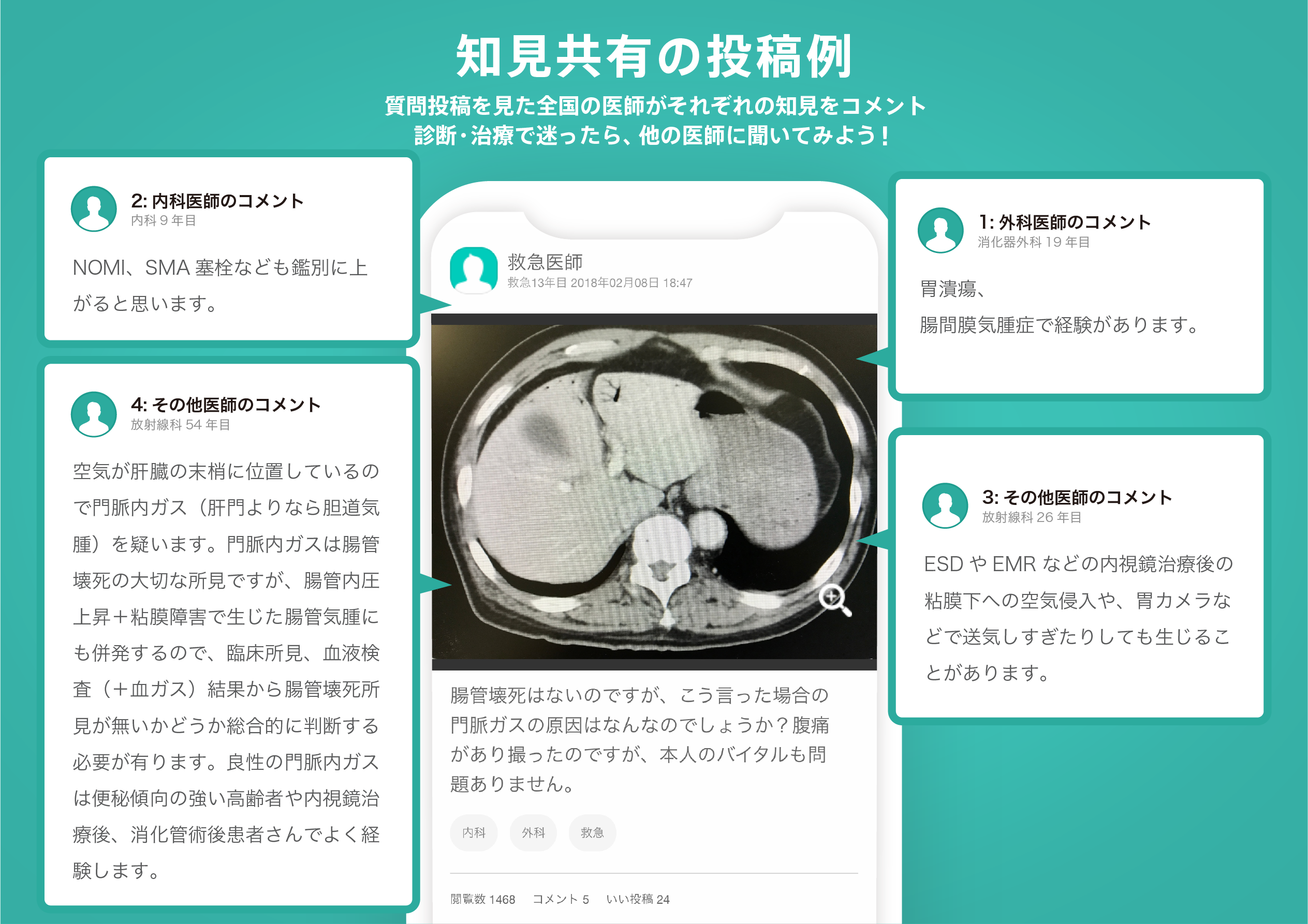著名医師による解説が無料で読めます
すると翻訳の精度が向上します
目的:非アルコール性脂肪肝疾患(NAFLD)は、一般集団のかなりの割合に影響を与える慢性肝疾患です。最近、NAFLDの個人におけるシリマリンの有効性を調べるランダム化臨床試験が実施され、矛盾した結果が得られました。このメタ分析の目的は、肝生化学、ボディマス指数、および肝臓組織学の変化を調べることにより、NAFLDの治療におけるシリマリンの有効性を評価することでした。 方法:2020年6月までに、主要な電子データベースPubMed/Medline、Embase、およびCochrane Central Regist of Controlled Trials、およびGray Literature Sourcesを検索しました。プラセボへ。主な結果は、トランスアミナーゼ(アラニンアミノトランスフェラーゼとアスパラギン酸アミノトランスフェラーゼ)の平均値の変化でした。二次的な結果には、ボディマス指数と肝臓の組織学の変化が含まれていました。品質分析は、バイアスのリスクツール2.0を使用して実行されました。95%の信頼区間とともに、連続結果の加重平均差を使用して結果を合成しました。 結果:メタ分析では、8つの無作為化臨床試験が含まれていました。0.05のカットオフレベルは、統計的に有意な結果を提供すると見なされました。シリマリン治療は、体重減少に関係なく、プラセボと比較してトランスアミナーゼのレベルの統計的に有意な大幅な減少をもたらしました。 結論:シリマリンは、NAFLDの個人のトランスアミナーゼレベルを低下させるのに効果的であるようです。統計的な利点にもかかわらず、私たちは含まれている研究の質に関連する潜在的な欠陥に注意を喚起します。このトランスアミナーゼレベルのこの減少が組織学的改善に対応するかどうかを調べるために、さらに適切に設計された研究を実施する必要があります。
目的:非アルコール性脂肪肝疾患(NAFLD)は、一般集団のかなりの割合に影響を与える慢性肝疾患です。最近、NAFLDの個人におけるシリマリンの有効性を調べるランダム化臨床試験が実施され、矛盾した結果が得られました。このメタ分析の目的は、肝生化学、ボディマス指数、および肝臓組織学の変化を調べることにより、NAFLDの治療におけるシリマリンの有効性を評価することでした。 方法:2020年6月までに、主要な電子データベースPubMed/Medline、Embase、およびCochrane Central Regist of Controlled Trials、およびGray Literature Sourcesを検索しました。プラセボへ。主な結果は、トランスアミナーゼ(アラニンアミノトランスフェラーゼとアスパラギン酸アミノトランスフェラーゼ)の平均値の変化でした。二次的な結果には、ボディマス指数と肝臓の組織学の変化が含まれていました。品質分析は、バイアスのリスクツール2.0を使用して実行されました。95%の信頼区間とともに、連続結果の加重平均差を使用して結果を合成しました。 結果:メタ分析では、8つの無作為化臨床試験が含まれていました。0.05のカットオフレベルは、統計的に有意な結果を提供すると見なされました。シリマリン治療は、体重減少に関係なく、プラセボと比較してトランスアミナーゼのレベルの統計的に有意な大幅な減少をもたらしました。 結論:シリマリンは、NAFLDの個人のトランスアミナーゼレベルを低下させるのに効果的であるようです。統計的な利点にもかかわらず、私たちは含まれている研究の質に関連する潜在的な欠陥に注意を喚起します。このトランスアミナーゼレベルのこの減少が組織学的改善に対応するかどうかを調べるために、さらに適切に設計された研究を実施する必要があります。
OBJECTIVES: Nonalcoholic fatty liver disease (NAFLD) is a chronic liver disease affecting a significant proportion of the general population. Recently, randomized clinical trials have been conducted examining the efficacy of silymarin in individuals with NAFLD, with conflicting results. The aim of this meta-analysis was to evaluate the efficacy of silymarin in the treatment of NAFLD by examining changes in liver biochemistry, body mass index, and liver histology. METHODS: We searched major electronic databases PubMed/MEDLINE, Embase, and the Cochrane Central Register of Controlled Trials, as well as gray-literature sources, up to June 2020 for randomized clinical trials examining the efficacy of treatment with silymarin in individuals with NAFLD compared to placebo. The primary outcomes were changes in the mean values of transaminases (alanine aminotransferase and aspartate aminotransferase). Secondary outcomes included changes in body mass index and liver histology. Quality analysis was performed with the risk-of-bias tool 2.0. We synthesized results using weighted mean differences for continuous outcomes, along with 95% confidence intervals. RESULTS: In the meta-analysis, eight randomized clinical trials were included. A cutoff level of 0.05 was considered to provide statistically significant results. Silymarin treatment led to a statistically significant greater reduction in the levels of transaminases compared to placebo, irrespective of weight loss. CONCLUSIONS: Silymarin seems to be effective in reducing transaminase levels in individuals with NAFLD. Despite the statistical benefits, we call attention to potential flaws related to the quality of the included studies. Further well-designed studies should be carried out to examine whether this reduction in transaminase levels corresponds to histologic improvement.
医師のための臨床サポートサービス
ヒポクラ x マイナビのご紹介
無料会員登録していただくと、さらに便利で効率的な検索が可能になります。






